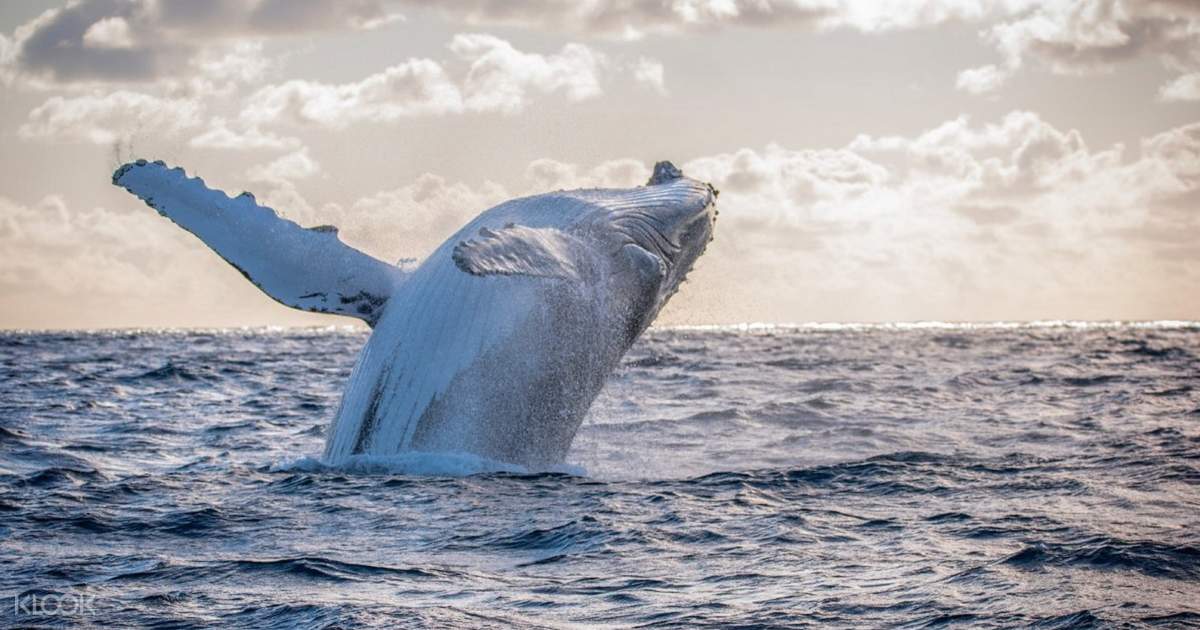Western Australia is known for its beautiful coastline whose features changes as you head from the north to the south.
In the north of Western Australia, you will find red dirt, crystal waters and a plethora of tropical fish and corals. As you being the journey south, rocky limestone begins to create soft white beaches. The further south you go the more prominent granite outcrops become. Here in the southern waters is where a unique combination of temperate and tropical species mixes. A combination of mainly cold-water flora and fauna with a slither of tropical fish and corals.

During the winter months we also have a few special seasonal visitors. When the temperature cools and the hours of daylight shorten, we can find our coastal waters filled with the presence of whales! There are three main species that visit our shores. These include the humpback whale, southern right whale and the largest animal on the planet. The blue whale! During winter you can sight these beasts by whale watching from a range of locations.
The best whale watching is found south of Perth. In the beautiful Southwest. From the months of May to November these three species, each with their own agenda, will use the calm coastal waters to migrate. Some of these gentle giants will migrate a whopping g 13,000kms!! Socialising, mating, giving birth, nursing and teaching their young are all behaviours you may see while whale watching! In the southwest there are two main locations to go. Augusta and Geographe Bay!
In the earlier months, May to July, Flinders bay in Augusta is a crucial area for mating whales. Consequently, large pods of competing male whales come in close to shore to show off their talents and woo a female! On the other hand, in the second half of the season, most viable females are now pregnant or giving birth.
A young whale is surely not to be missed. There is nothing sweeter than watching a 1 tonne blubber bag test out its new found flippers. As it learns from its mother, she will breach or pec slap to remove bacteria and allow new skin growth. The tiny calf copies, strengthen its muscles. In less than 3 months it will be crossing one of the most unforgiving seas to get to its feeding grounds. If it doesn’t practice these skills now it may not make the journey.
Even later in the season, October to December we are extremely lucky to witness natures wonder. A blue whale. The largest animal on the planet, not only living, but to ever exist!! Blue whales can reach up to 35m and a mind blowing 180 tonne!!! Funnily enough, this beast of a whale cruises through the shallows of Geographe Bay. Sometime less than 50 metres off the shore! Unlike the humpbacks this whale is not acrobatic. It will not propel its entire body skyward. In fact, on paper, it actually doesn’t do much except…swim… For us, this is enough. It can be hard to explain the speed and agility of these whales. The largest animal on the planet is also the most graceful swimmer. Its smooth grey body gliding just below the water’s surface gives it the name “blue”.
When you go whale watching to see a blue whale, you may only get to see a single whale for a short amount of time. Other times you can see eight travelling almost the entirety of the bay. Eight of the largest animals on the planet. In less than 20 metres of water. Right there. Beside the boat. Beside YOU!
Whale watching in the southwest is like nothing other. The beautiful landscape paired with these gentle and curious animals makes for a special encounter. The pioneers of whale watching in the southwest are Naturaliste Charters. With experience and expertise like no other, from the moment you step onto their vessels you are catapulted into a sphere of passion and knowledge. Once onboard you are given a briefing on the whales in the area. A unique amalgamation of science and local knowledge.
The excitement builds as the vessel leaves the harbour. Heading out into the adjacent bay. (Depending on which time of the season you go, the location changes so be sure to check out Naturaliste Charters website for more information. Once in the bay it can be a matter of seconds before the crew spot the first whale, sometimes it can take a little longer. The best part about being out in nature with wild animals is that it is relatively unpredictable. They do what they want, when they want so expect the unexpected. The actual experience of whale watching can be phenomenal so we will leave that for you to experience for yourself. A memory of your time in the southwest that will no doubt stay with you for a long time.